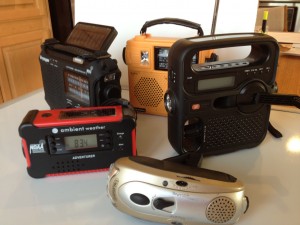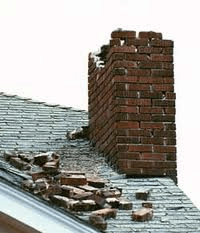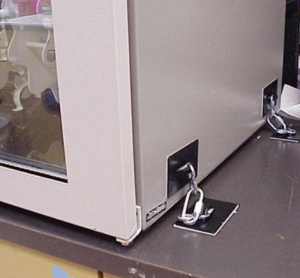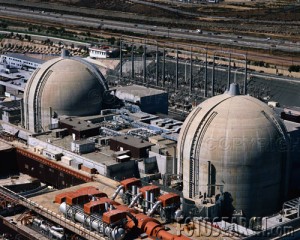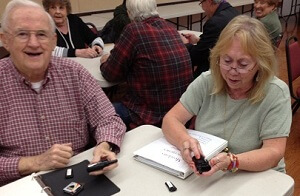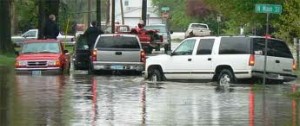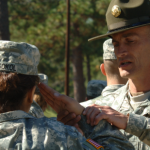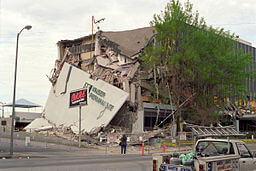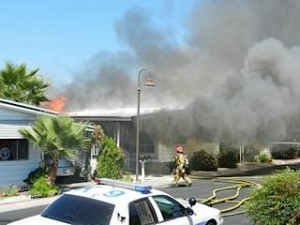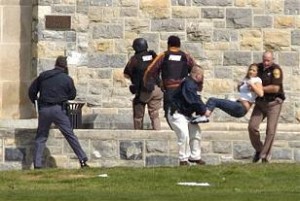Can You Spot a Terrorist Before Something Goes Down?
(First of a three-part series on terrorism.)
Before we jump into this subject we need to clarify what we mean by “terrorism.” When most people think about terrorism, they’re really envisioning attacks by jihadists or other non-state actors like those who perpetrated the 9/11 attack. In reality, we need to broaden our definition to include domestic terrorism and terrorist acts perpetrated by individuals or groups that are motivated by political or domestic “causes” . . . and persons who are mentally unstable.
Pre-Incident Indicators
From the standpoint of frequency of events, the domestic terrorism poses a greater threat than that perpetrated by international groups. With that in mind, let’s explore some of the “signs” – or, Pre-Incident Indicators (PIIs) of a possible, impending act of terrorism at a target location . . .
Reconnaissance

Possible surveillance?
Serious terrorists – even would-be ones – are most likely to visit the target area in advance, conducting surveillance and even taking photographs to aid them in their planning. It is often difficult to differentiate between terrorists and tourists since both are interested in the features of the location, but with just a bit more attention, you can notice these traits:
- Tourists are likely to take photographs at random of the more interesting features.
- Tourists often take photos with themselves or their friends in front of the interesting features.
- Terrorists will likely be more systematic, taking multiple or series of photographs of areas of ingress and egress.
- Terrorists will be making notes about security coverage, monitoring activities, drawing floor maps, drawing diagrams of the location, using a recording device, etc.
Elicitation (attempts to get information)
Everybody has questions and asking questions in unfamiliar surroundings is normal. Would-be terrorists, on the other hand, will be interested in more than the casual answers. While their conversation at first appears ordinary, they will attempt to gain more detailed information to determine security procedures, vulnerabilities, etc. Elicitation attempts are not always made in person. They can be made by telephone, mail or email inquiry or research at a library, etc.
Examples of unusal questions might be, “When does the next shift (of security guards) come on?” or “Where are the electrical shut-offs?” Surely a question like one of these should capture your attention!
Please watch for the next post in this series. Part two will cover the logistics of terrorism and the third part will delve into the tests of security, dry runs, etc.




